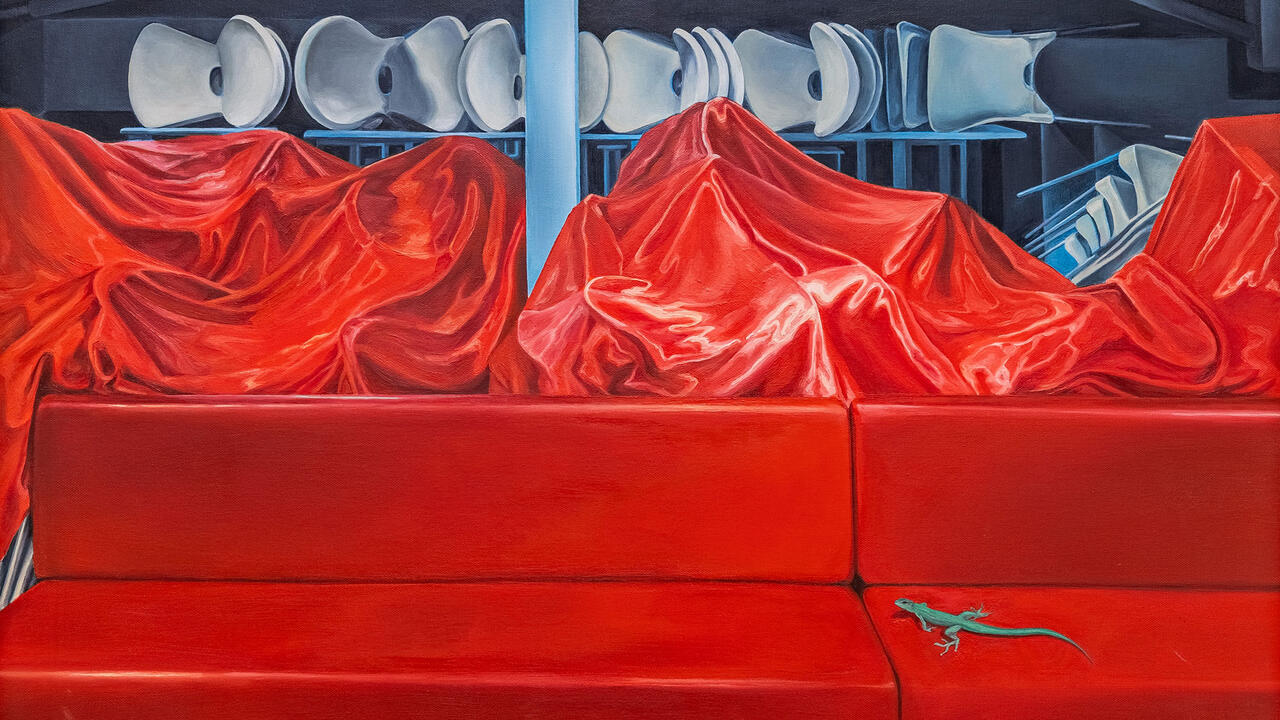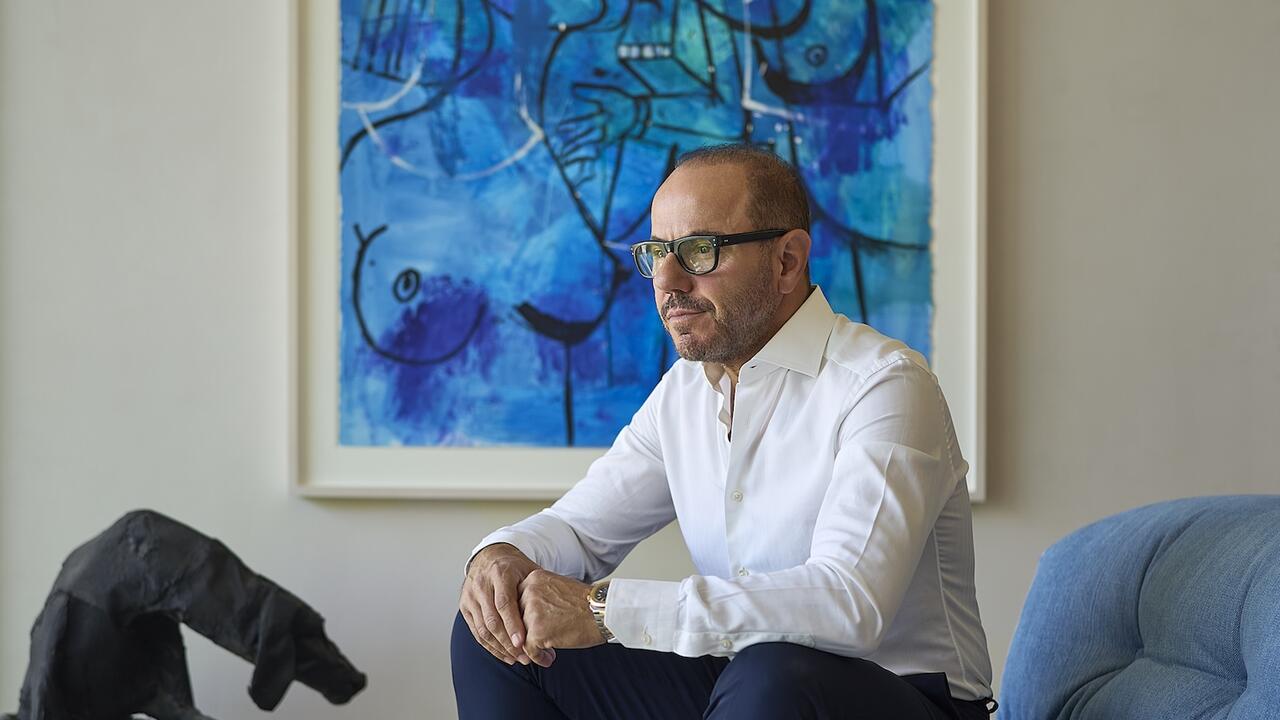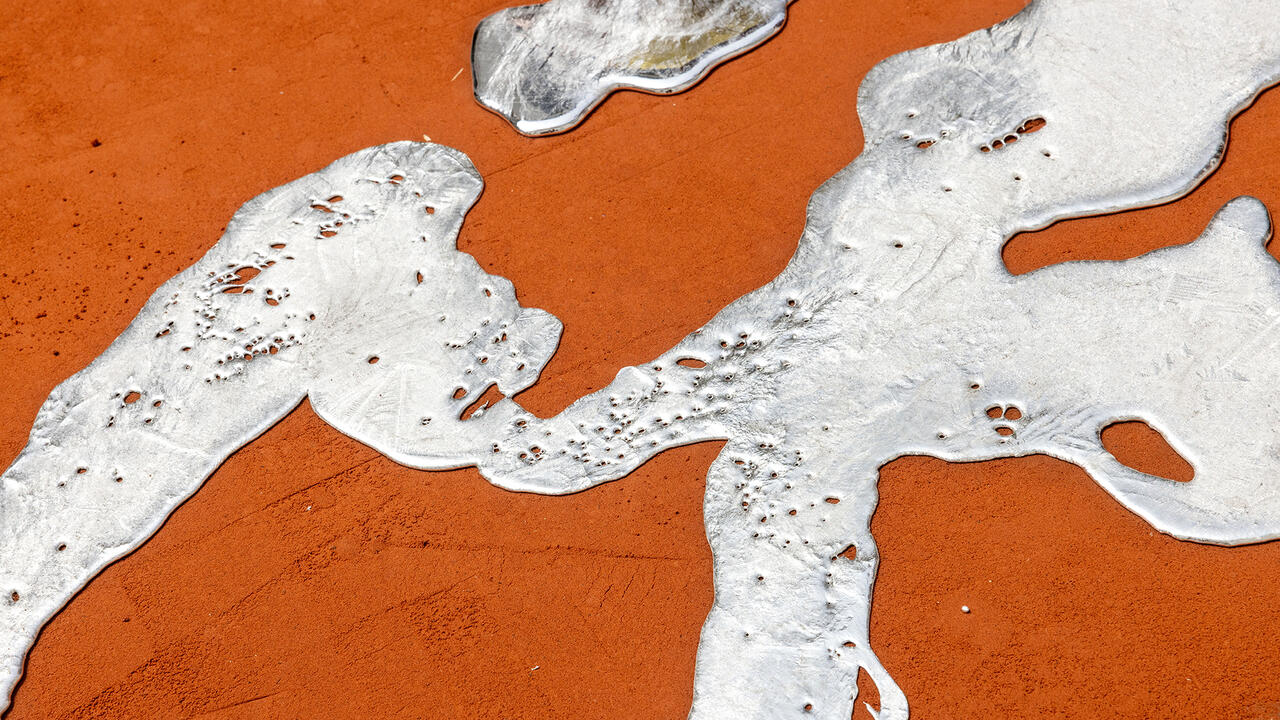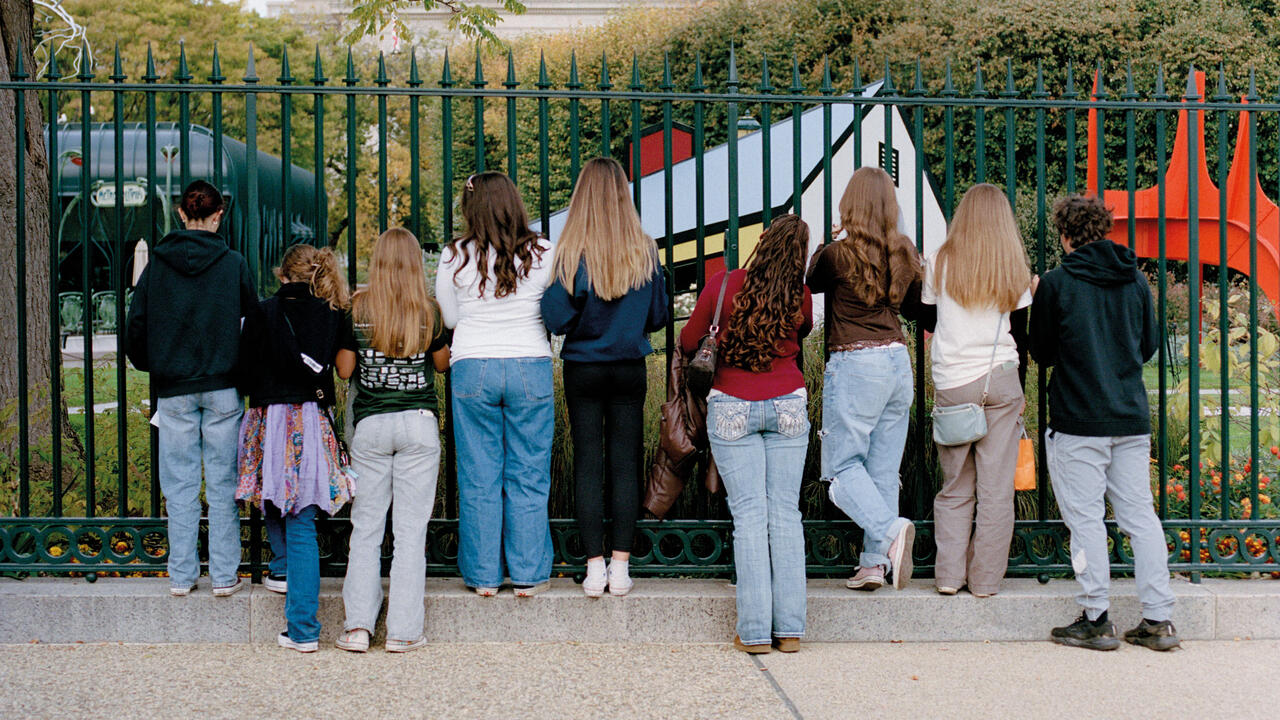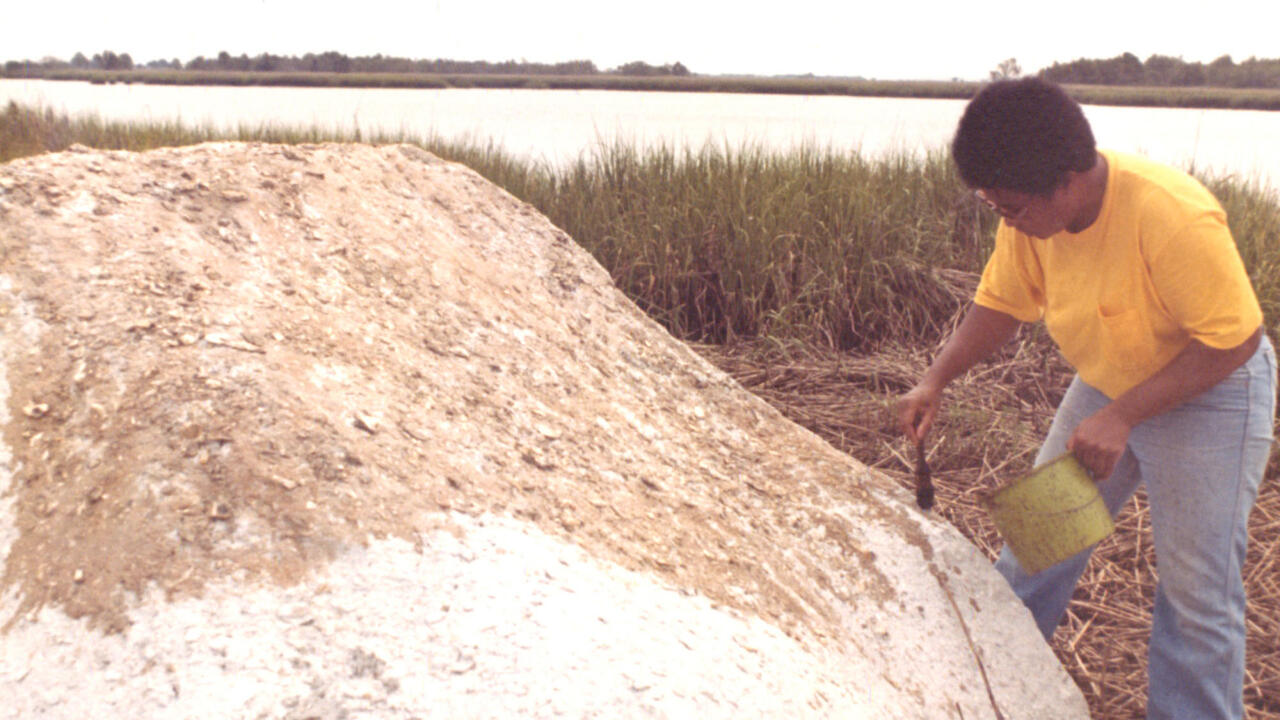How Powerful is Saudi Arabia’s Soft Power Push?
From hobnobbing with Oprah to championing new art centres, millennial crown prince Mohammed bin Salman is following a well-trodden path
From hobnobbing with Oprah to championing new art centres, millennial crown prince Mohammed bin Salman is following a well-trodden path

Perhaps you’ve been hearing about a certain Saudi prince lately. Since being named the successor to the throne last summer, the son of King Salman from his third marriage, Mohammed bin Salman (MBS) has ushered in a wave of economic and cultural reforms that include the lifting of a 35-year cinema ban, curbing the power of the religious police and granting women the right to drive. Then there was the purge of his political opponents that saw them luxuriously incarcerated – with some allegedly tortured – for several months in a Riyadh Ritz Carlton. The concerted isolation of Qatar and the ongoing catastrophe in Yemen have been all but eclipsed by MBS’s recent flashy US tour in which he hobnobbed with Oprah and Dwayne Johnson (the Rock). The millennial prince wants to modernize Saudi Arabia and the media can’t get enough.

And now, with reports that Saudi Arabia is finally opening itself up to tourists, MBS has been making moves in the arts sector too. Recent announcements include the Misk Art Institute, directed by Ahmed Mater, whose aim is to support emerging Saudi artists and promote cultural diplomacy and exchange. It’s headquartered in Riyadh, with outposts in London and Venice and a residency space in the tiny Saudi village of Abha. They’re wasting no time: following the launch of its international programme at New York’s Museum of Modern Art in January, the Misk Institute has held talk panels and VR screenings at Art Dubai, the Kennedy Center in Washington D.C., and Paris’s Institut du Monde Arabe, among many others. This summer, it will support the country’s first ever participation in the Venice Architecture Biennale. Meanwhile cultural powerhouse Art Jameel, founded in 2003 by the wealthy Saudi Jameel family, open the gargantuan Hayy Creative Hub in Jeddah next spring.

Today, Saudi Arabia is synonymous with petrodollar richesse but the country also boasts vast mineral reserves, largely untapped because oil is so much cheaper to extract. Yet, far-sighted private firms built the mining infrastructure anyway, anticipating the day they got the governmental go-ahead (mining laws were eventually liberalized in 2004). All of these new Saudi cultural initiatives have a similar anticipatory feel about them. Before he agreed to head up the Misk Institute, Ahmed Mater ran the independent art non-profit Edge of Arabia; Art Jameel have meanwhile been focusing their efforts in Dubai, where they run a project space and will open the equally gargantuan Jameel Arts Center on Dubai’s historic creek this November. The only change is that the government, in the form of MBS, is now firmly on board with Saudi Arabia’s culture industry – pumping USD$64 billion into the arts and entertainment sector over the next decade.

Corporations and foreign nations are getting in on the effort too. Consider the King Abdulaziz Cultural Center for World Culture in the oil capital of Dhahran, set to be fully operational this summer. It was founded by the recently privatized oil and gas giant Saudi Aramco whose cultural footprint in the Gulf is indubitable: they are the progenitors of American-style compound culture – expat-heavy gated enclaves that enjoy far more license than their surrounds. Aramco have also published a bimonthly cultural magazine, Aramco World, since 1949, which remains one of the richest sources on life in the 19th and early 20th century Gulf. When Aramco goes public later this year it is expected to be the world’s largest IPO – its value is estimated to be around USD$2 trillion, more than double the market value of Apple. And of course, there’s the deal between the Saudi government and France – which includes a national opera, a new orchestra and tourism development contract – not to mention the whispers that MBS was behind the Louvre Abu Dhabi’s recent record-breaking acquisition of Leonardo Da Vinci’s Salvator Mundi (c.1500) for USD$450.3 million.
The thing is, MBS is following a rather well-trodden path. Discover oil and watch quietly as your country’s profile booms overnight. Realize that it will run out one day and draw up a new plan that happens to be the same plan your neighbours are following. Remember the adage, if you build it, they [tourists] will come, and build as much and as fast as you can. Liberalize the economy and embrace technology. Hire world-famous architects to build beautiful, world-class museums. Import culture from France and arms and intelligence from the United States. Get into contemporary art; go to war.

Before there was contemporary art, there was Islam. As its geographic gatekeeper, Saudi soft power has arguably been in play since its earliest days. Can any agency-generated tourism plan truly compete with a religion where one of its five pillars mandates a pilgrimage to the kingdom? Consider Qatar or Sharjah, whose ruling families (like the current Saudi rulers) historically subscribe to Wahhabism, unlike Dubai and Abu Dhabi. Before its conservative turn in the mid-’80s, Sharjah was very much the ‘party emirate,’ a purveyor of lairy Marbella-style package holidays. Following the collapse of its banking sector in 1989 it subsequently received a USD$500 million Saudi bailout. Whether or not the deal came with strings attached, as rumoured, these days the ultraconservative influence feeds into the work that is commissioned and shown – or dramatically pulled and the director fired, as was the case in 2011 for the Sharjah Biennial’s 10th edition.
Wahhabism aside, it is worth considering Islam’s broader influence on art. The interdiction against depicting human and animal bodies has resulted in a rich tradition of calligraphy and non-representational art that stretches from Dakar to Jakarta. Islamic geometry in particular, with its anti-figurative stance, non-linear perspective and notions of the decorative, was arguably instrumental to the development of Western abstraction. As a result of groundbreaking exhibitions like the 1910 ‘Meisterwerke muhammedanischer Kunst’ in Munich, Islamic art would go on to leave its mark on artists as diverse as M.C. Escher, Paul Feeley, Wassily Kandinsky, Ad Reinhardt, František Kupka and Frank Stella, among others.

On the face of it, Saudi Arabia’s modernization drive does not look so different from that of other Gulf states. Cities like Dubai and Doha are arguably decades ahead in the regional one-upmanship stakes. Yet while it is dangerous to wholly equate the two, Saudi soft power is underwritten by a self-described moral and cultural authority derived from Islam. It allows Saudi Arabia to exert an influence in the region that no US-supplied weaponry or French savvy can ever compete with.
Consider the Islamic Military Counter Terrorism Coalition that MBS set up in 2015 when he was (then) the defence minister. It currently includes 41 countries, from Malaysia and Pakistan through to Guinea-Bissau. Countries with Shia-majority governments, like Iraq, Syria, Azerbaijan, and current nemesis Iran are notably absent. It recalls the tumultuous time following the Arab Spring when the six Gulf monarchies that make up the Gulf Cooperation Council extended invitations to the Arab world’s only other monarchies, the decidedly non-Gulf Jordan and Morocco, to join the club. Most crucially, Saudi Arabia remains the Arab and Muslim worlds’s gravitational centre as well as its largest economy. With this kind of military-economic muscle underwriting the enterprise, MBS’s recent cultural overtures begin to look more like window dressing.
Main image: Ahmed Mater, Clock Tower (Mecca Time), 2015, c-type print, 1.2 x 1.8 m. Courtesy: © the artist










